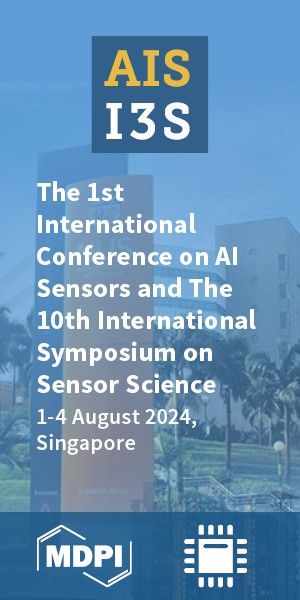Review
Version 1
Preserved in Portico This version is not peer-reviewed
Proteostasis in Huntington’s Disease: Disease Mechanisms and Therapeutic Opportunities
Version 1
: Received: 17 January 2018 / Approved: 19 January 2018 / Online: 19 January 2018 (04:25:29 CET)
How to cite: Harding, R. J.; Tong, Y. Proteostasis in Huntington’s Disease: Disease Mechanisms and Therapeutic Opportunities. Preprints 2018, 2018010179. https://doi.org/10.20944/preprints201801.0179.v1 Harding, R. J.; Tong, Y. Proteostasis in Huntington’s Disease: Disease Mechanisms and Therapeutic Opportunities. Preprints 2018, 2018010179. https://doi.org/10.20944/preprints201801.0179.v1
Abstract
Many neurodegenerative diseases are characterised by impairment of protein quality control mechanisms in neuronal cells. Ineffective clearance of misfolded proteins by the proteasome, autophagy pathways and exocytosis leads to accumulation of toxic protein oligomers and aggregates in neurons. Toxic protein species affect various cellular functions resulting in the development of a spectrum of different neurodegenerative proteinopathies, including Huntington’s disease (HD). Playing an integral role in proteostasis, dysfunction of the ubiquitylation system in HD is progressive and multi-faceted with numerous biochemical pathways affected, in particular the ubiquitin proteasome system and autophagy routes for protein aggregate degradation. Unravelling the molecular mechanisms involved in HD pathogenesis of proteostasis provides insight in disease progression in HD as well as possible therapeutic avenues. Recent developments of potential therapeutics are discussed in this review.
Keywords
Huntington’s disease; neurodegenerative diseases; autophagy; proteostasis; proteasomal degradation
Subject
Medicine and Pharmacology, Neuroscience and Neurology
Copyright: This is an open access article distributed under the Creative Commons Attribution License which permits unrestricted use, distribution, and reproduction in any medium, provided the original work is properly cited.
Comments (0)
We encourage comments and feedback from a broad range of readers. See criteria for comments and our Diversity statement.
Leave a public commentSend a private comment to the author(s)
* All users must log in before leaving a comment







